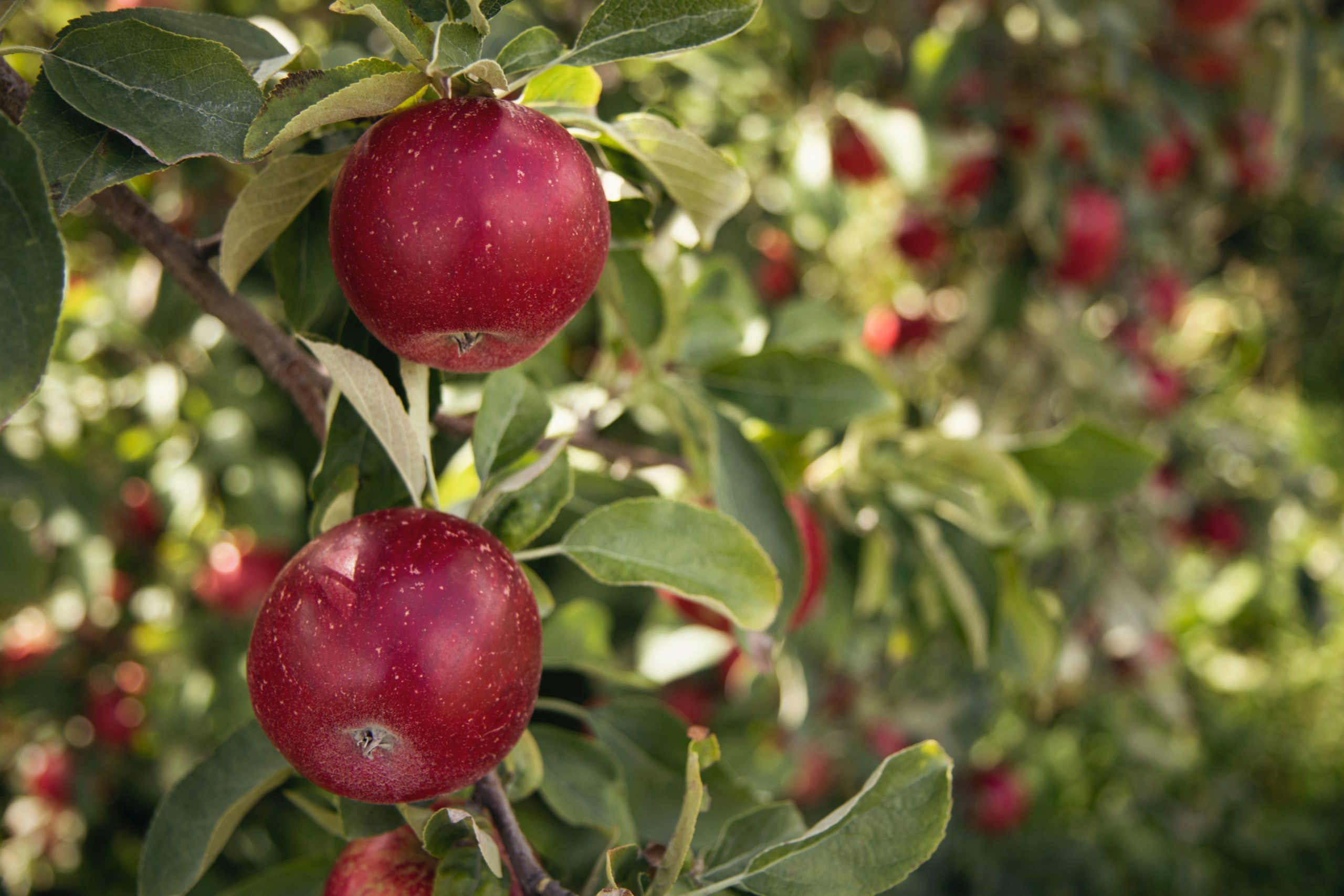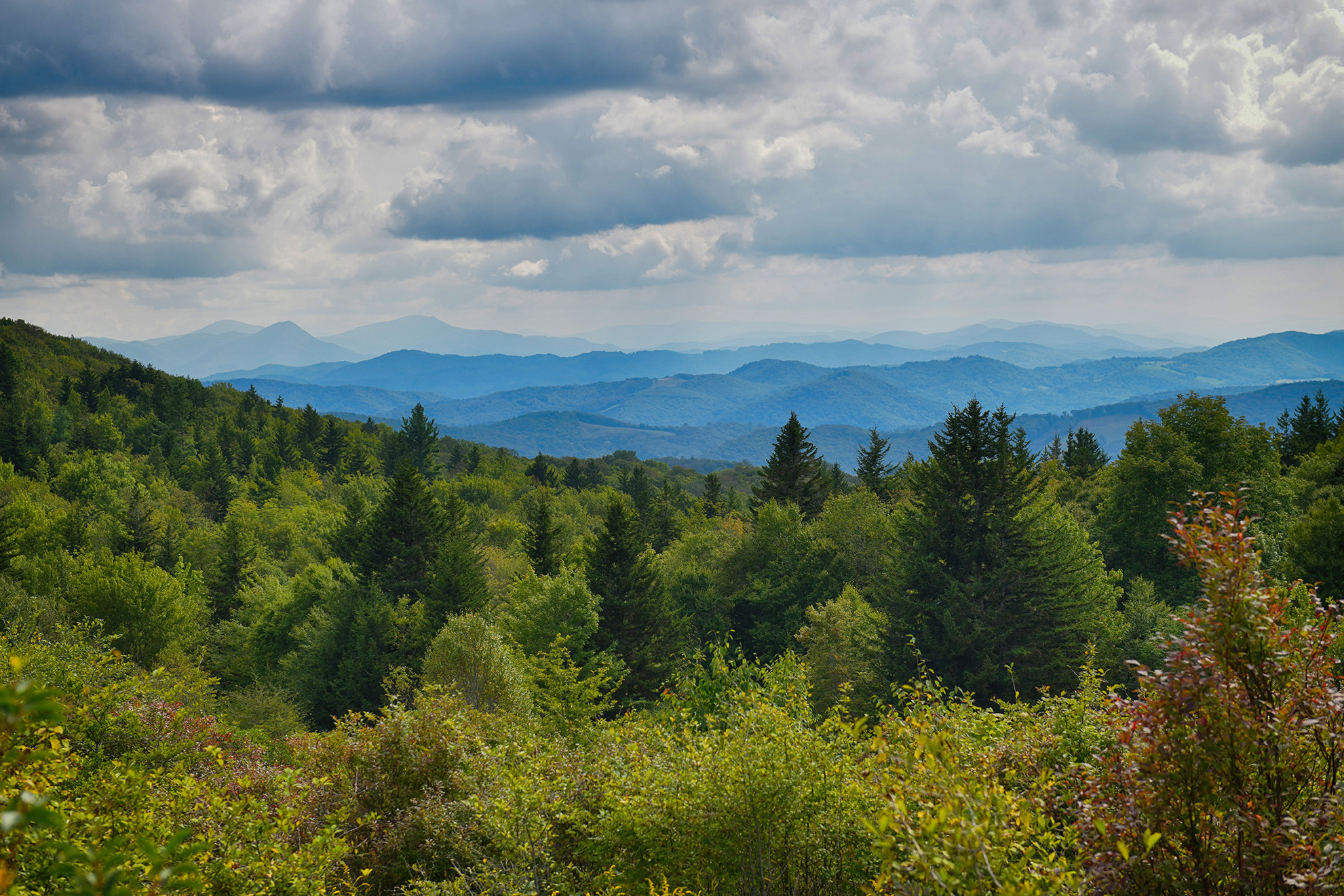03 Mar
Twisted Apples


When I was a child, my favorite treat was a fresh apple. You know the feeling. You wake up on the onset of a cool, crisp fall day. There’s just enough fog hanging in the air to keep dawn’s light from hurting your eyes but not enough to forewarn of a dreary day. You set out in your car for a drive through the countryside. You see the hills wake up as you pass them by. Then off in the distance, you spot one. Just an outline in the fog backlit by the sun. Just enough shape peaking through to make your mouth water. As you get closer your hopes are affirmed. A produce stand.
A ritual in my family was to take a day to just cruise and stock up on fresh, local food. We’d start early one morning and head towards Mount Airy. We’d pass through Cana, making stops at as many small-town markets as we could. They had everything. Moonshine jellies, pear jam, locally raised beef, the biggest tomatoes you’ve ever seen but I always went straight to the apples. The variety always amazed me but also the folklore of the fruit. Have you ever stood in the supermarket, staring at crate after crate of perfectly shaped, pleasantly colored apples wondering what Johnny Appleseed would think of this modern marvel? Or perhaps closed your eyes, bit into one and allowed yourself to be transported to his America? Traveling through the mountains, lungs filled with fresh air and soul with freedom?
But I’ve grown to love a different kind of apple since my childhood. I’ve spent many summer days with my uncle in the hills of Grayson County. One day I remember following him over a knoll, through a dense patch of trees, and along a creek bed. At the end of our route was an overgrown, dark orchard of old apple trees. These weren’t the apples I was used to seeing in farmers markets or Food City. They weren’t perfectly shaped, they were small and wrinkled. Their color was far from pleasant, they were bruised and spotted. They didn’t look like the poster child of fruit. They looked like deformed rejects saved only for deer and bugs.
But that could not be further from the case. I hesitantly took a small bite and was amazed. They were the sweetest, tastiest apples I had ever eaten. In one bite I understood why Johnny Appleseed would invest so much time and energy in spreading them.
This is a story about twisted apples. A story about getting lost in a forgotten world. A search for a vision from days past
Fast forward to fairly recently. A year ago I spent some time exploring American short stories for a class project. I stumbled on one titled “Paper Pills” from the collection, “Winesburg Ohio”
A particular passage in that story took me back to tasting that twisted apple years earlier –
“On the trees are only a few gnarled apples that the pickers have rejected. They look like the knuckles of Doctor Reefy’s hands. One nibbles at them and they are delicious. Into a little round place at the side of the apple has been gathered all of its sweetness. One runs from tree to tree over the frosted ground picking the gnarled, twisted apples and filling his pockets with them. Only the few know the sweetness of the twisted apples.”
I stared at it for a moment. Then I read it again. And then again. I noted the author of the story and took a pause. Sherwood Anderson? That sounded quite familiar. But from where? So I turned to Google.

A titan of Americana literature? Not surprising. Paper Pills was a remarkable story that had to come from a great literary character. Father of the modernist style of American literature? Author of over 300 pieces of writing ranging from novels to critically acclaimed collections of short stories to plays to essays to journalistic endeavors? Sherwood Anderson had an impressive resume. Proud resident of Southwest Virginia? Hold on a second.
Connections started to click in my mind and I suddenly recalled sitting in my 8th grade English classroom. Or perhaps 5th? Long enough ago that the details have been lost to time but not long enough ago the memory is completely wiped away.
The teacher passed out an assignment we were to complete over the next couple of weeks. We were to write a short story for the Sherwood Anderson Writing Contest sponsored by the local library.
That’s where I knew him from. He sounded familiar because I was briefly introduced to his name and that he was supposed to be important back when PB&Js alongside a Caprisun was a feast fit for a king.
I was disappointed. Perhaps due to fault of my own. I’ve enjoyed reading all my life. One of the most influential figures in American Literature lived in these same hills I’ve always called home. Not only that but he frequently walked the streets of Marion and as I would presume, ate those twisted apples plucked from the backwoods of Grayson County.
An undeniably important character in the history of our region. Then all I wanted to know was who he was. Who was Sherwood Anderson?
The nomination form of Ripshin Farm, his homestead located in Troutdale, to the National Register of Historic Places contains an eloquent biography.

Though to begin with, Anderson was born in 1876 to a large family in Camden, Ohio. The family were frequent movers as their fortune varied. Coincidentally this introductory statement into Anderson’s life is reflected in some of his most celebrated works. His masterpiece, “Winesburg Ohio”, was of course set in Ohio. It was a collection of short stories united by the setting of the small town of Winesburg and a reporter who became the confidant of the townspeople. Anderson’s own sentiments and experiences in such a small town are evident in the text. His family’s struggles and frequent moving is reflected in my favorite Anderson short story, “The Egg” where a family’s fortune and a man’s sanity is beaten into submission by none other than an ordinary chicken’s ordinary egg.
Anderson spent time bouncing from place to place working labor-intensive jobs alongside working men that would later become the focus of many of his stories. After spending a short stint serving in Cuba during the Spanish-American war he returned to Chicago where he eventually released “Winesburg Ohio” and was launched into fame.
He spent several more years writing and traveling. Residing in several cities before longing to retire to a quieter part of the world. Which is what brought him to Southwest Virginia. He built his residence in Troutdale and bought two newspapers in Marion, one of which you can still read today.
He lived the remainder of his life here in our region. Continuing his writing and journalistic endeavors while also traveling the world to lecture in support of workers, namely southern textile workers. In 1941 he was set to travel to South America to champion an artistic exchange program that he hoped would strengthen ties between the two areas of the globe but passed away unexpectedly in Panama.
But still, after learning the basic plot of his life, it still begs the question why did Sherwood Anderson choose Southwest Virginia? Of all places? That’s a complicated question that I cannot unpack. By some accounts, it was to escape the hustle and bustle of the city. To settle someplace quieter, more peaceful. Someplace in touch with the lives of everyday people. Someplace to live and breathe.
Depending on who you ask, you’ll get a different answer. I’ve spent many hours searching for Sherwood Anderson’s Southwest Virginia over the last several weeks. I think it’s an important question. We all hold a place in our hearts for these hills. We all know how special these mountains are and how unique our culture is but what spoke loudest? What beaconed out to a titan of American literature and said this place isn’t just breathtaking but this place is home?

Sherwood Anderson knew the struggle that the working person lived. Knew the hill they had to climb every day and the hardships they carried on their back. He knew heartbreak and pain. You could see it in his work. You could see it written in his past and illustrated in the future he envisioned. Which is where I found my answer.
In 1931 Sherwood Anderson traveled to Danville, Virginia to deliver a speech to Cotton Mill workers who were on strike. Mechanization had made its way to the South and factories in Virginia weren’t excluded. Machines were replacing manual labor. Which some lauded at the time as a hallmark of progress in human development. These machines could accomplish more than an allotment of a dozen men. These men did not join in that praise. Jobs became harder to come across. Wages stagnated and hours skyrocketed. Working conditions plummeted. Strikes were mostly futile because every factory owner knew there was an army of unemployed people who would jump at the opportunity for a paycheck. It was a dark time to be a working man.
Sherwood Anderson had been in that position. Before he was a writer he was a worker. He sympathized with the pain these machines caused. He too feared the way of life they were eroding but did not fear the future. He remained hopeful that man would triumph in the end. That good grace and strong resolve would win out.
He stood in front of the workers and spoke words laced with courage and bounded by inspiration that came from his heart. He described what the American Dream was to him. He recounted an anecdote from the times of Abraham Lincoln. Lincoln lived in a small Illinois town. One day a man visited the town and asked a townsperson “Who are the principal citizens of this town?” To which he replied, “Why, we are all principal citizens.”
He described this as the ideal America. Where everyone was equal and equally free. Where everyone was important and valued. No man was above another and everyone was celebrated.
A place away from a large city. A place where small business thrived because every community needed nothing more than small business to fill its needs. A place of small towns, open-air, and freedom.
I believe that was Sherwood Anderson’s Southwest Virginia. I believe a place you could wake up before the sun, stumble through the fog until the first light of day outlines a fruit stand in the distance. A place you can shake hands and buy produce straight from who pulled it from the Earth. A place you can pick any small town, walk its Main Street and lose yourself for hours in the small businesses that make it unique. A place you can hike atop a mountain and watch a sunset without a qualm in your soul. We’re a far cry away from perfect. The region still has years of growth and development ahead of it but like Sherwood Anderson was in 1931, I’m optimistic. I believe in Southwest Virginia because I think I’ve found what Sherwood Anderon’s Southwest Virginia was. What brought him here. What made it home.
It was the people. It was the heart. It was who made these gentle rolling hills what they are. A region that perhaps not always live up to the American Dream but never stops aspiring to it. A people who stand together and never stop fighting for a better tomorrow.
Thanks to Sherwood Anderson, there are two things I think I now know:
Southwest Virginia is a twisted apple.
And you’ll never find a machine in a Grayson County apple orchard.

The spirit of Sherwood Anderson lives on in the region today and there are still traces of him you can find
- Ripshin Farm – Sherwood Anderson’s homestead still stands in Troutdale today
- Sherwood Anderson’s Gravestone – You can pay respects to the late writer at Round Hill Cemetery
- Mountain Apple Trees
- Southwest Virginia Authors – Sherwood Anderson isn’t the only author to call this region home. Other authors from in and around Southwest Virginia include
- Joe Tennis
- John Fox Jr.
- C. Bascom Slemp
- Napoleon Hill
- Don Whitehead
- Ross Carter
- Junius Griffin
- Lee Smith
- John Maddox Roberts
- Brent Kennedy
- Adriana Trigiani
- Alfred Patrick
- Sharyn McCrumb




